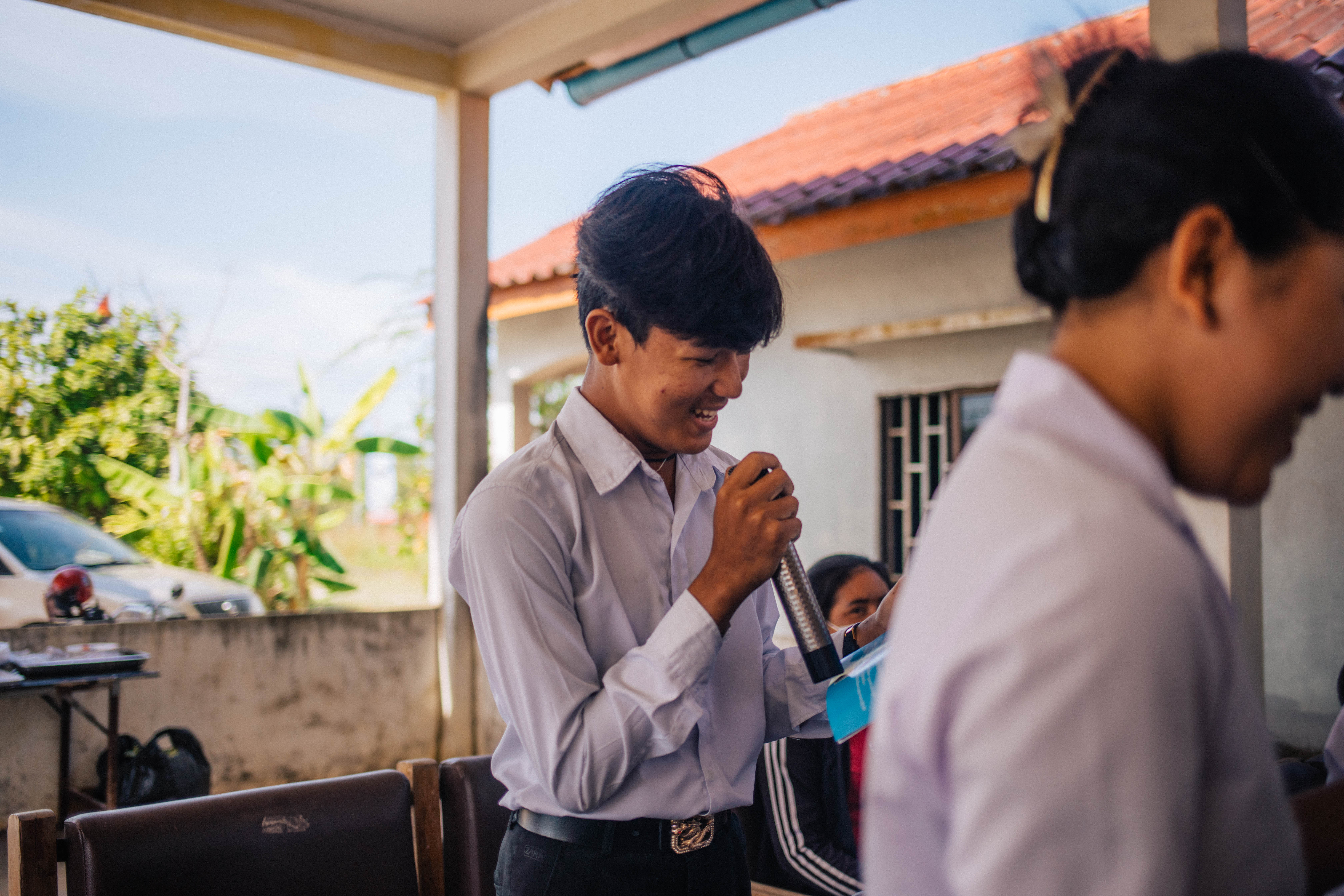Stories
Cambodia: Peam Krasop Wildlife Sanctuary
Feb 14, 2023 by Irene ChooiBanner Image By : Adrihani Rashid PFP
A toddler played with a piece of paper on the wooden floor while waves from a passing speedboat lapped the building’s stilted legs beneath. Focused on using the rolled-up paper as a sword, he had no interest in the man by the projector screen speaking about peat layers and water management, but his grandmother and her neighbours were captivated.
The villagers of Boeung Kachang in Koh Kong, Cambodia had gathered in their community hall bright and early to listen to a general lecture about peatlands. With most of the men of the fishing village away at work, elementary school students in uniform and women with young children filled the hall.
Lorn Rith - a colourful character who’s also Chairman of the Boeung Kachang Community Protected Area (CPA) and a PFP-trained select community member - told us the local community is an enthusiastic bunch and very receptive to information about peatlands. In fact, he had invited everyone via loudspeaker the day before but had to stop before he drew a crowd too big for the hall.
Armed with an engaging personality and a freshly dug peat core, Lorn Rith spoke about water management, fire risk aversion, carbon sequestration, and more to a community who have lived for years on and around peatlands, without knowing it.
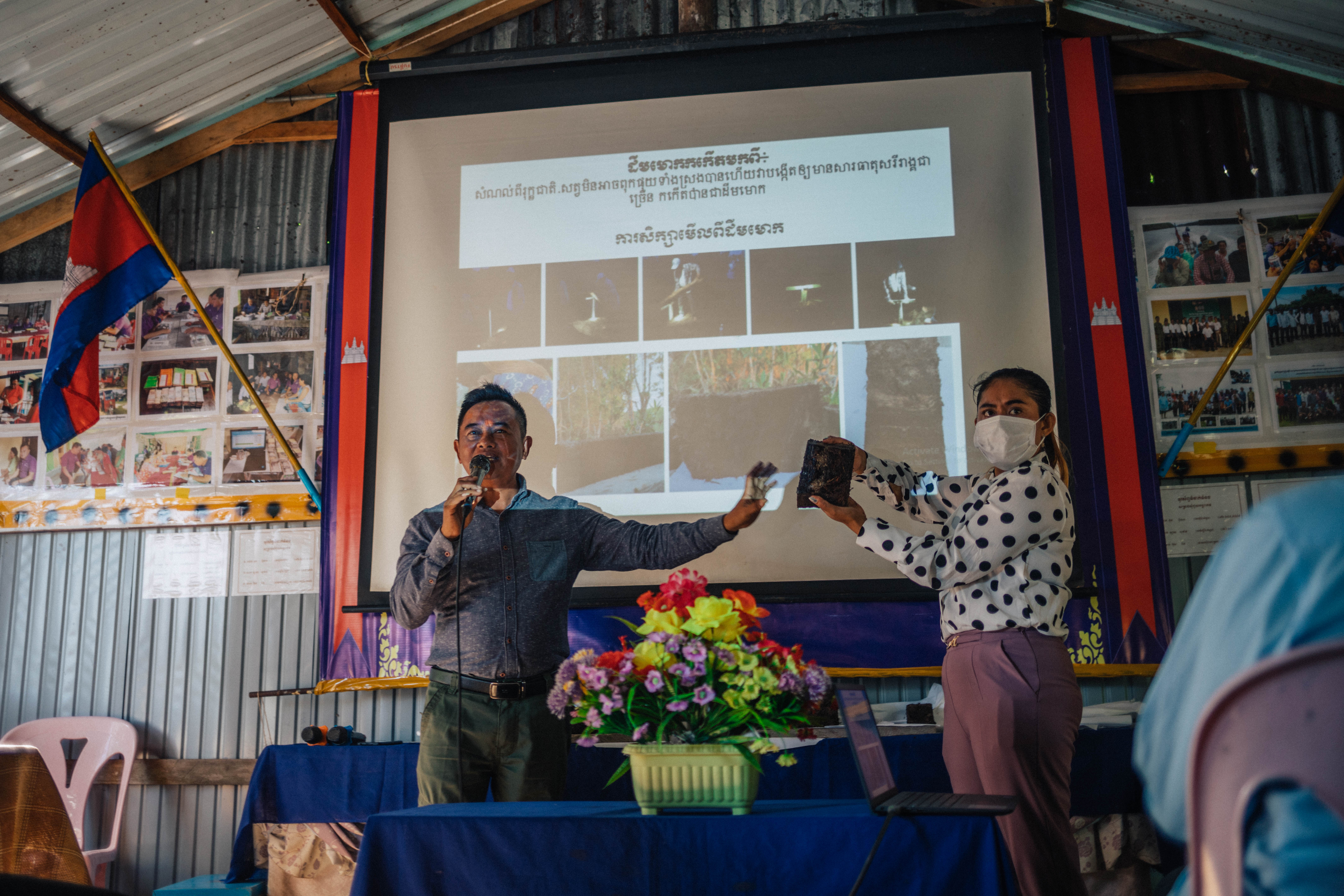
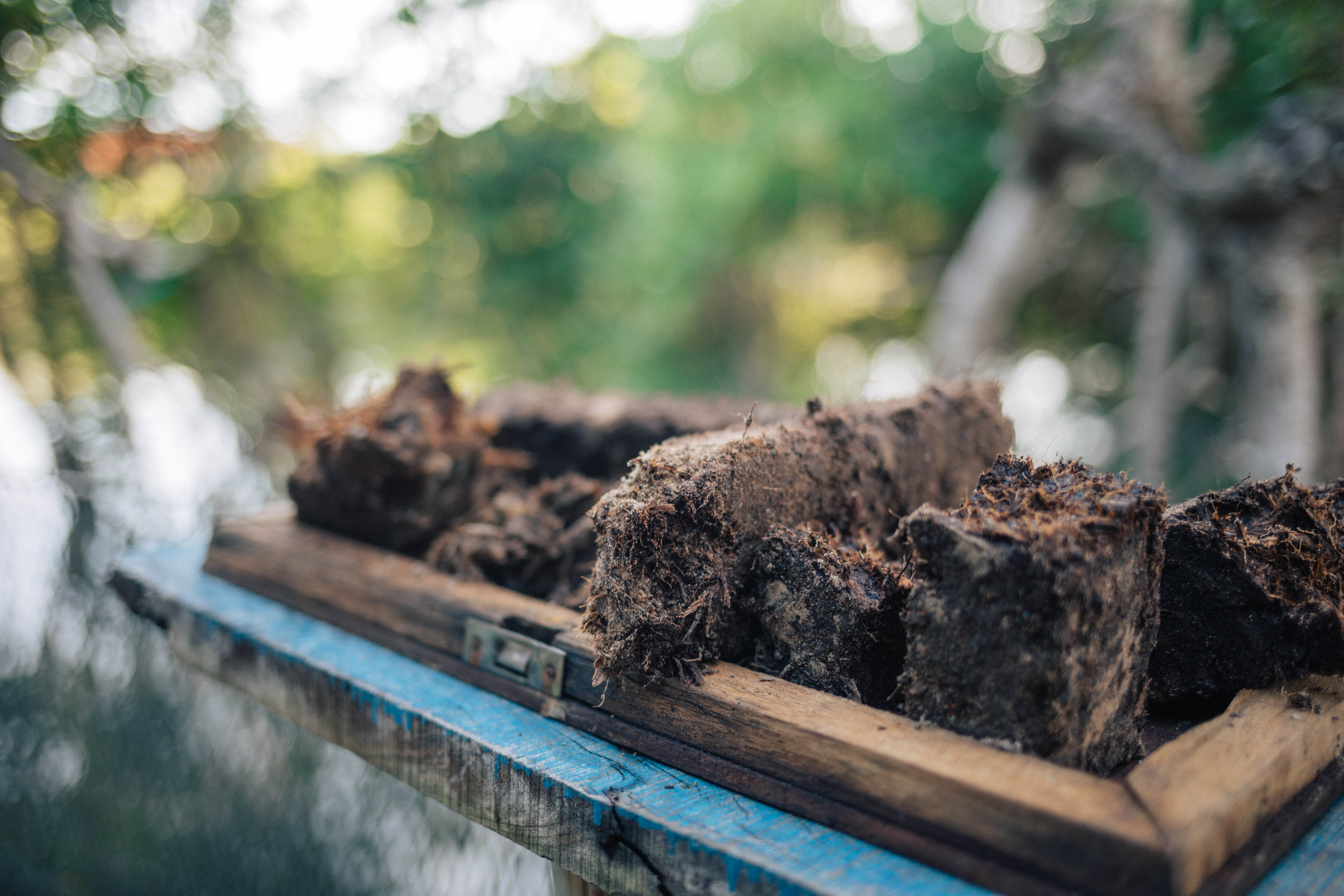
The village of Boeing Kachang is one of the seven CPAs that call the beautiful Peam Krasop Wildlife Sanctuary (PKWS) home. PWKS in Koh Kong, Cambodia is one of the largest undisturbed mangrove forests in Southeast Asia. With a total area of 23,750 hectares, it removes some 62,000 metric tonnes of CO2 from the atmosphere every year while providing a habitat for globally threatened species and protecting the coastline from erosion with its maze of channels and bays.
As the wildlife sanctuary was declared in 1993, locals are relatively well-versed in the importance of mangroves but had virtually zero knowledge about peatlands, until they were discovered at PKWS in 2014.
Peatlands are special landscapes, they build up over long periods of time – even thousands of years – and have the ability to hold vast amounts of carbon, making them one of the planet’s most important assets in the fight against climate change. They also provide local communities with livelihood options and habitats for unique flora and fauna.
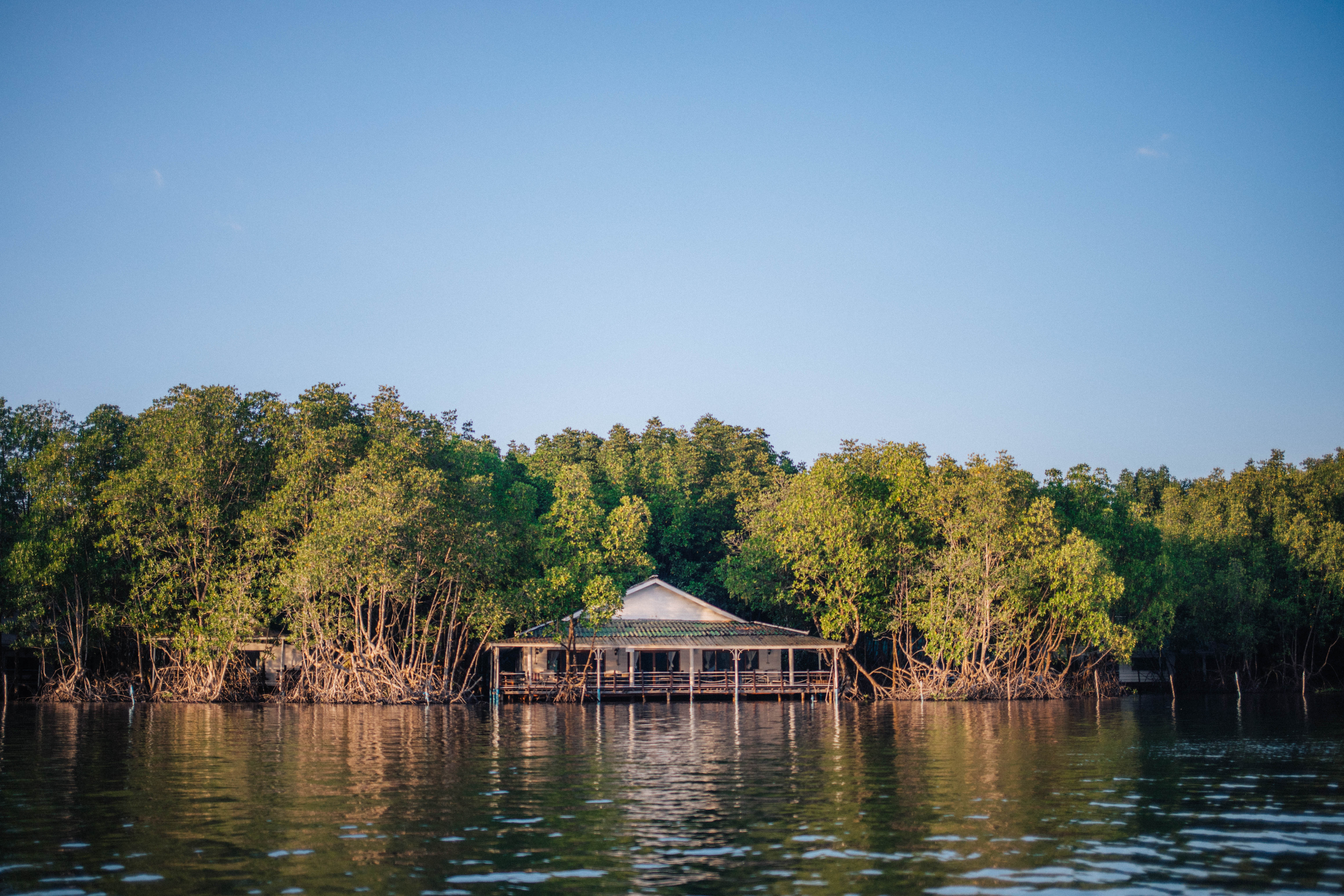
Mangrove peatlands are even more remarkable. Only forming under unique circumstances, they are a carbon sequestration powerhouse. Although research is still in its infancy, Cambodia has embraced peatlands with enthusiasm. The Cambodian Ministry of Environment (MoE), non-governmental organisations (NGOs) such as People For Peat (EU SUPA 2) and Mlup Baitong, as well as the people living within the sanctuary, have spent the past few years working tirelessly to raise awareness and build knowledge.
The MoE has played a big role in this by organising events at schools and communities on biodiversity, mangroves, and peatlands. They even wrote a colourful picture book about the importance of peatlands and came up with a catchy song!
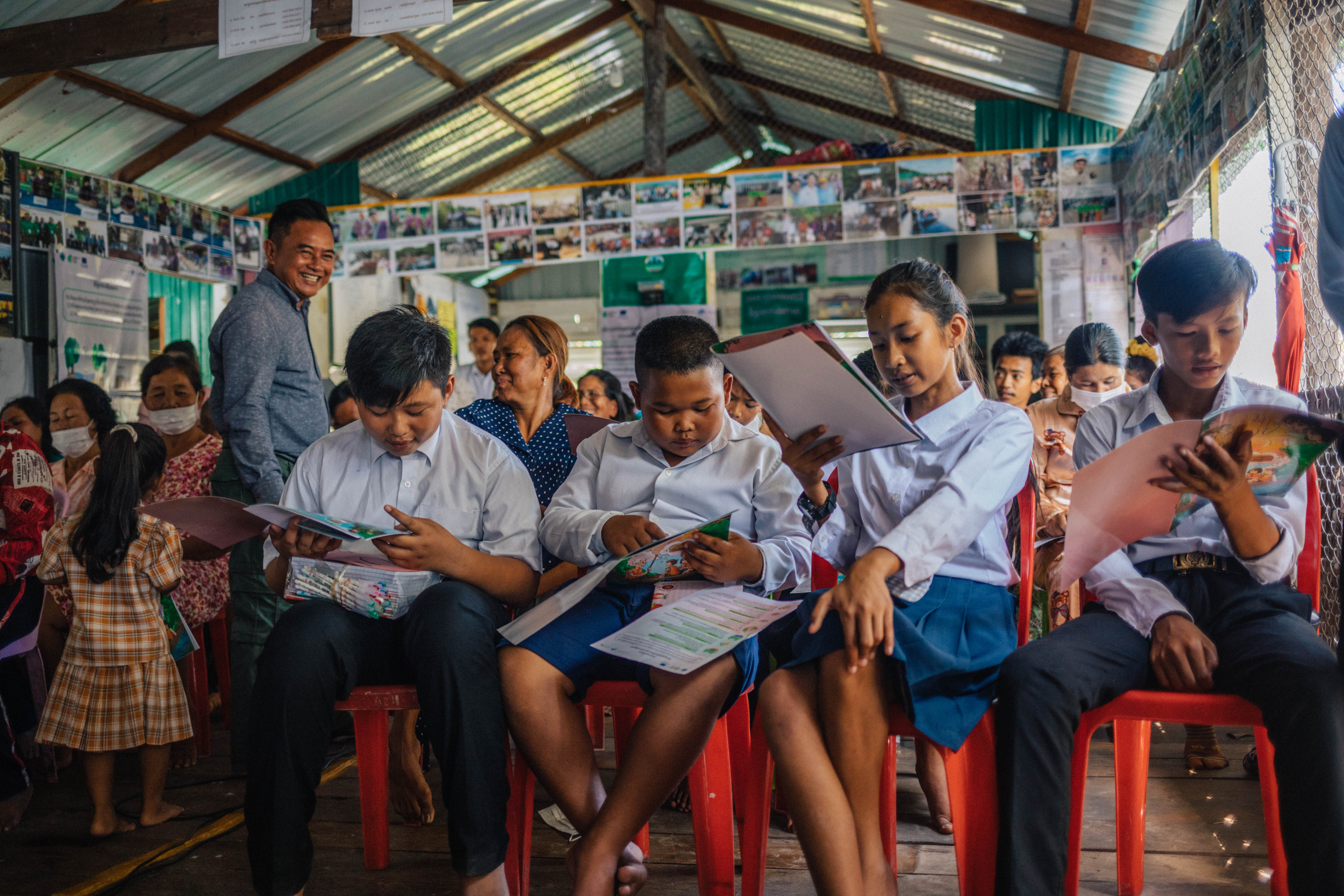
Ending his talk to the sound of applause, Lorn Rith passed the microphone to Chen Bunthan from Mlup Baitong - a Cambodian NGO working to increase environmental awareness and conservation through education, training, advocacy, and community-based natural resource management. It was easy to see that Chen Bunthan and his teammates have an established relationship with the Boeing Kachang community by the way they readily rose to their feet to participate in a game testing their peatland knowledge.
The community hall quickly filled with laughter and friendly yet competitive banter as villagers young and old split into teams. Ministry of Environment representatives strolled among the teams giving tips but stopped short of supplying answers - there were prizes at stake after all.
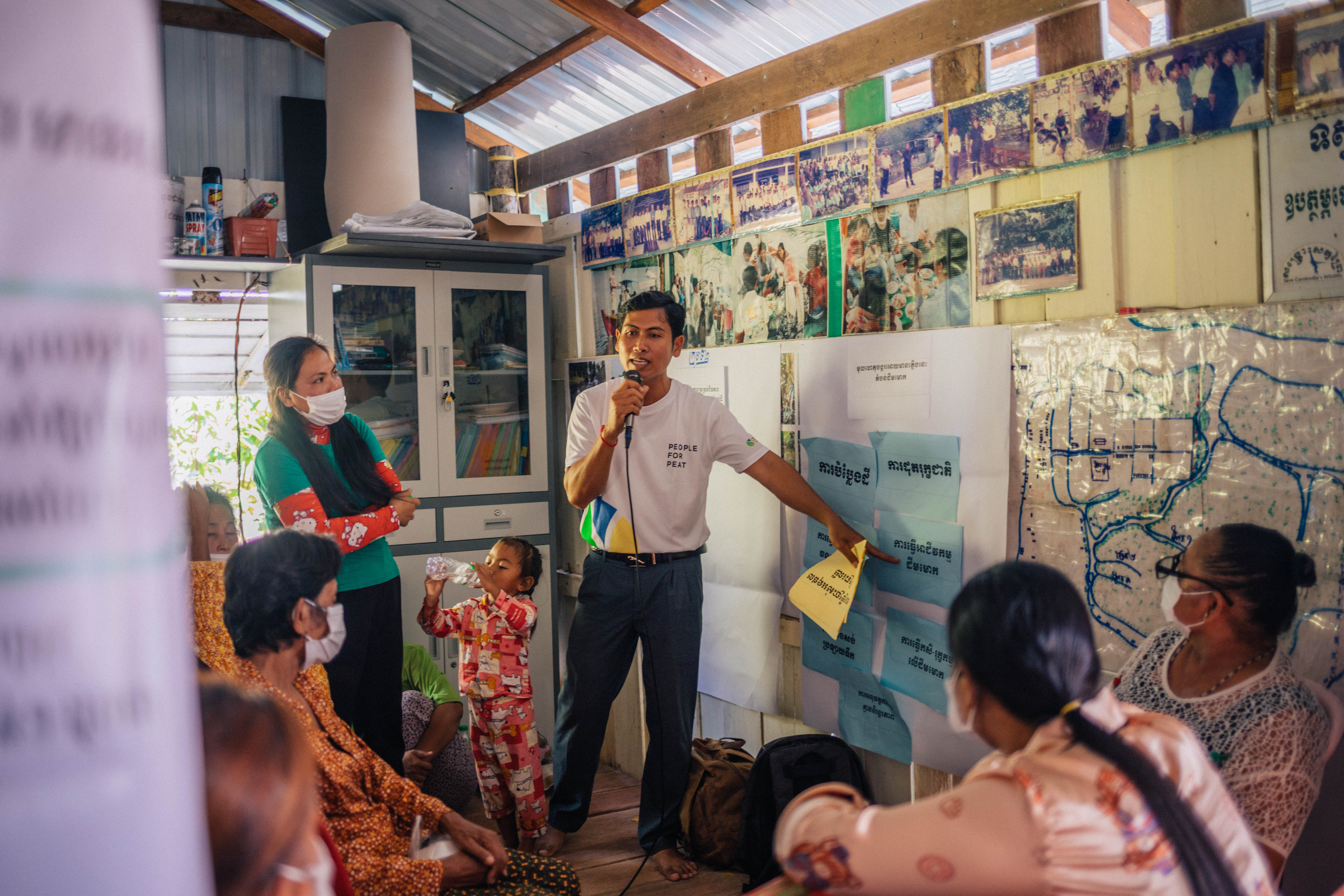
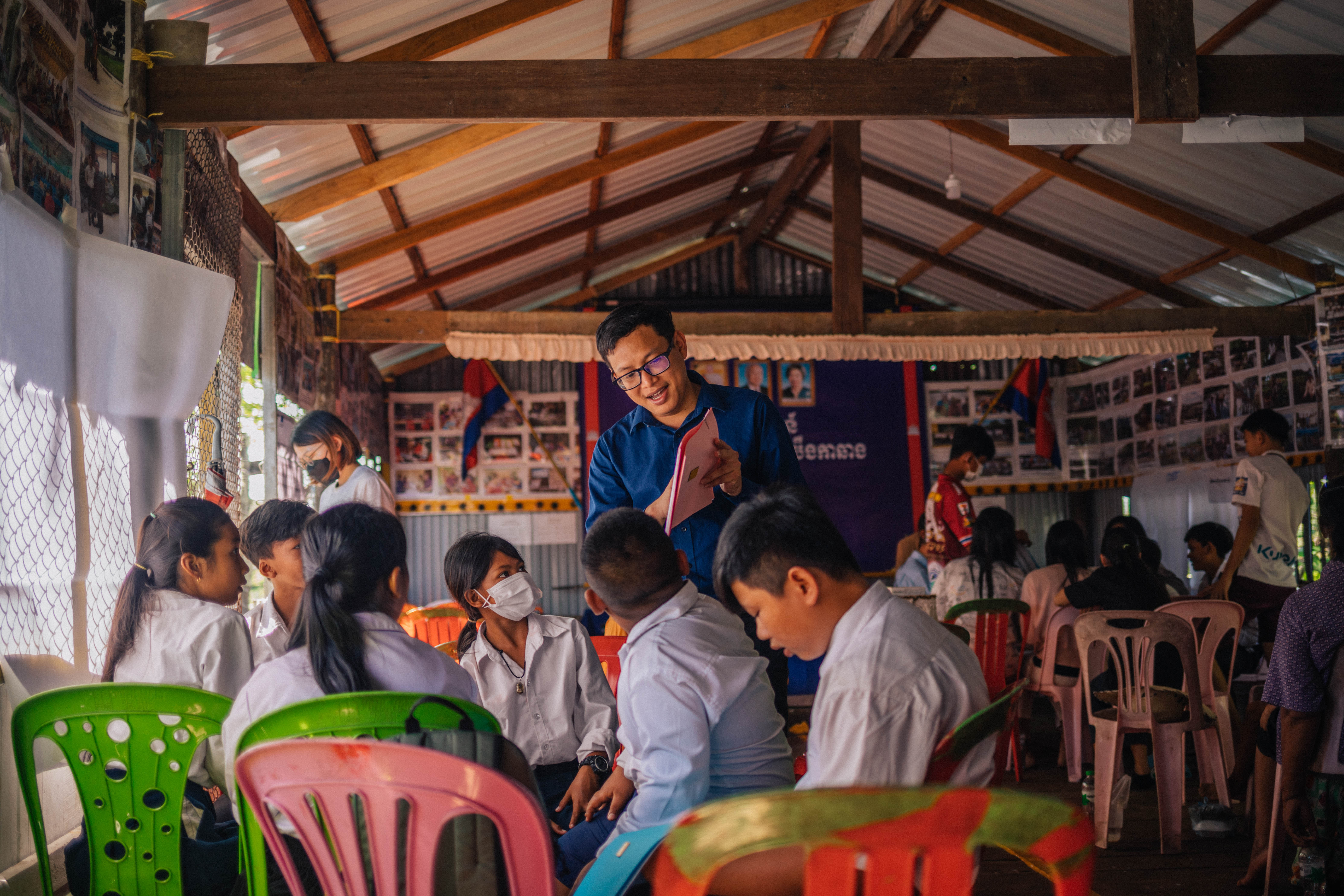
Visal Yoeung from the Cambodian Ministry of Environment explaining peatland terms and characteristics to students from the local elementary school.
Similar scenes greeted us while engaging with the Peam Krasop community the next day. CPA vice chairman, Vong Dara told us while climate change is a difficult concept for locals to grasp, it has not diminished their curiosity about peatlands, especially peatland conservation.
The natural community interest in environmental conservation combined with the united efforts and genuine interest of the Cambodian government, NGOs, and locals in trying to understand and conserve peatlands are one of the many things that make PKWS unique.
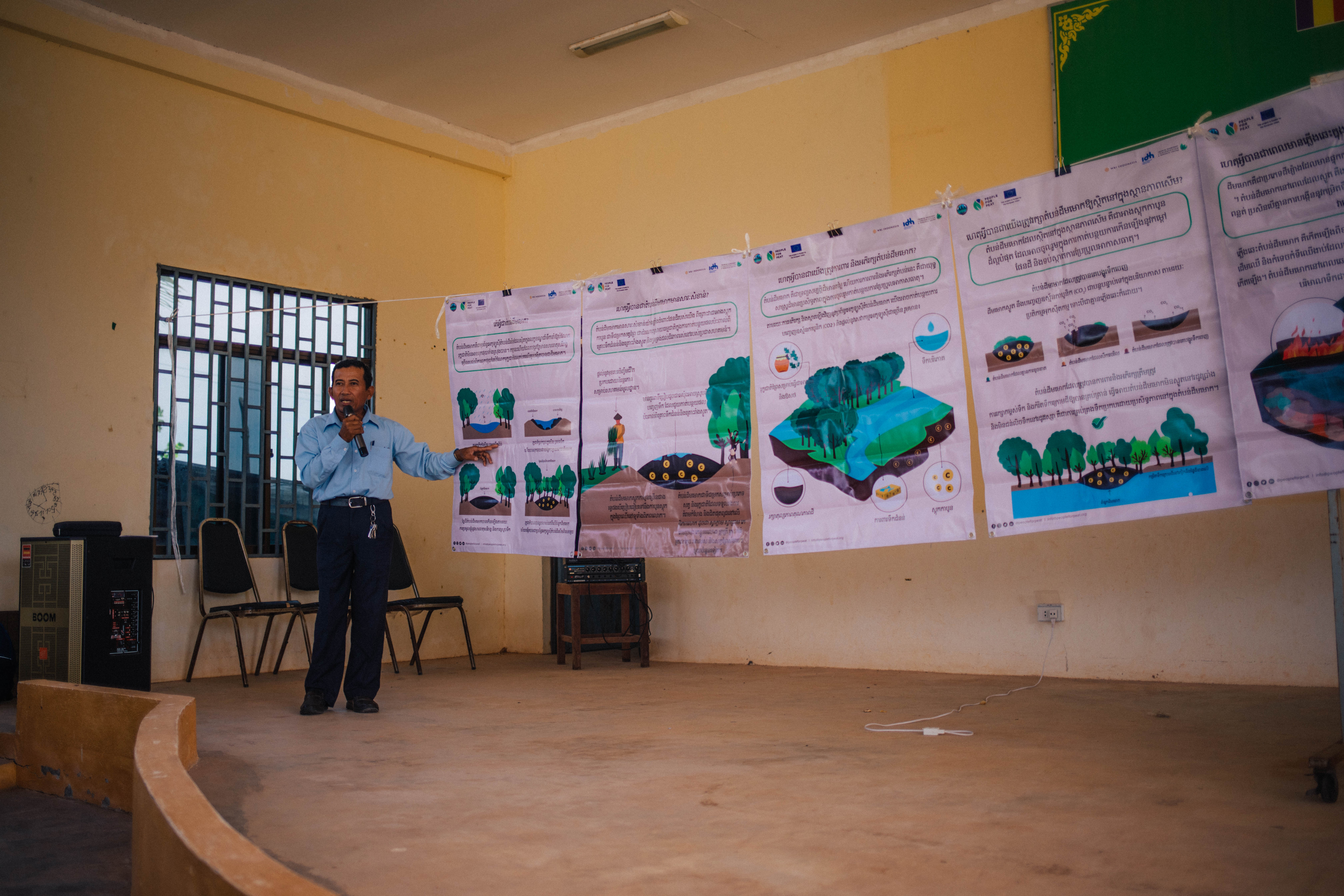
Teachers share with students and students teach their families.
